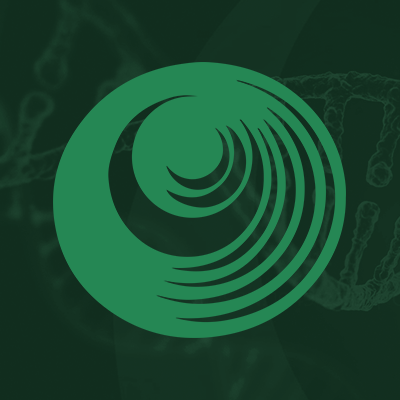Research Papers:
PCAIs stimulate MAPK, PI3K/AKT pathways and ROS-Mediated apoptosis in aromatase inhibitor-resistant breast cancer cells while disrupting actin filaments and focal adhesion
PDF | Full Text | How to cite | Press Release
Metrics: PDF 2153 views | Full Text 2946 views | ?
Abstract
Jassy Mary S. Lazarte1, Kweku Ofosu-Asante1, Syreeta L. Tilghman1 and Nazarius S. Lamango1
1 Florida A&M University College of Pharmacy Pharmaceutical Sciences, Institute of Public Health, Tallahassee, FL 32307, USA
Correspondence to:
| Nazarius S. Lamango, | email: | [email protected] |
Keywords: PCAIs; ROS; MAPK; PI3K/AKT; LTLT-Ca cells
Received: November 13, 2024 Accepted: July 14, 2025 Published: July 29, 2025
ABSTRACT
The estrogen receptor is overexpressed in and promotes 67-80% and 90% of female and male breast cancer cases, respectively. Hormone independence, enhanced motility, and signaling by growth factors have been attributed to aromatase inhibitor (AI) resistance and MAPK pathway activation. We used long-term letrozole-treated (LTLT-Ca) breast cancer cells to evaluate polyisoprenylated cysteinyl amide inhibitors (PCAIs) as potential therapies for AI-resistant breast cancer. PCAIs specifically disrupt G-proteins such as KRAS, an upstream regulator of MAPK and PI3K/AKT pathways. PCAIs were tested against the viability, phosphorylation of MAPK and PI3K/AKT pathways, apoptosis, and migration of LTLT-Ca cells. NSL-YHJ-2-27 was potent against LTLT-Ca viability with an EC50 of 4.8 μM. MEK (p-MEK1/2), ERK (p-ERK1/2), and p90RSK (p-p90RSK) phosphorylation were significantly increased by 2-, 2-, and 6.4-fold, respectively. PCAIs increased AKT phosphorylation 36-fold. NSL-YHJ-2-27 at 2, 3 and 5 μM stimulated ROS generation by 4-, 8- and 10-fold, respectively. PCAIs inhibited cell proliferation and colony formation by 95% and 74%, respectively, increased active caspase 7 and BAX 1.5-fold and 56%, respectively. NSL-YHJ-2-27 (10 μM) induced LTLT-Ca spheroid degeneration by 61%. LTLT-Ca cell migration was inhibited by 31 and 80% following treatment with 2 and 5 μM NSL-YHJ-2-27, respectively. NSL-YHJ-2-27 disrupted F-actin filaments, vinculin punctates and levels by 33%. These results indicate that the PCAIs’ activation of the MAPK and PI3K/AKT pathways causes apoptosis, possibly through proapoptotic p-p90RSK isoforms, AKT-induced ROS production or anoikis through disruption of focal adhesion. These effects against LTLT-Ca cells suggest potential PCAIs therapeutic applications against antihormonal-resistant breast cancers.
 All site content, except where otherwise noted, is licensed under a Creative Commons Attribution 4.0 License.
All site content, except where otherwise noted, is licensed under a Creative Commons Attribution 4.0 License.
PII: 28759
